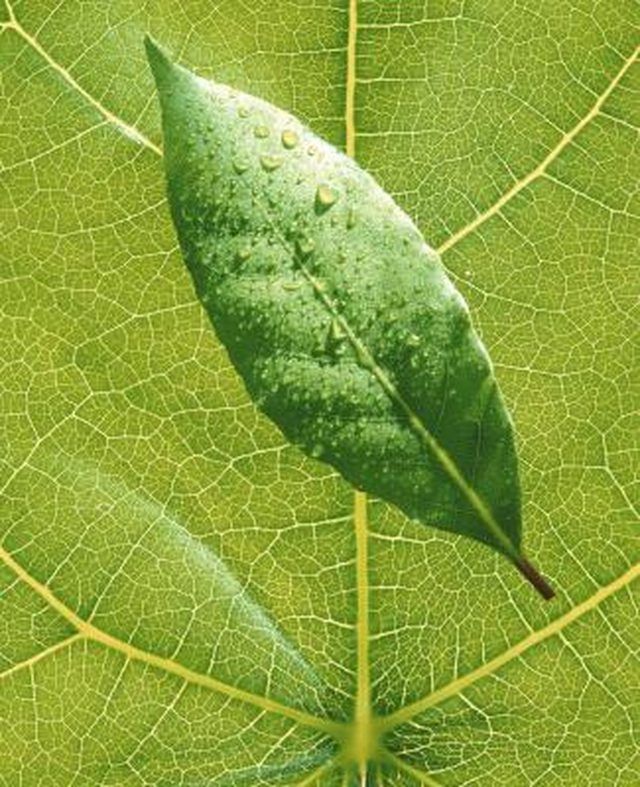Bulbs
Flower Basics
Flower Beds & Specialty Gardens
Flower Garden
Garden Furniture
Garden Gnomes
Garden Seeds
Garden Sheds
Garden Statues
Garden Tools & Supplies
Gardening Basics
Green & Organic
Groundcovers & Vines
Growing Annuals
Growing Basil
Growing Beans
Growing Berries
Growing Blueberries
Growing Cactus
Growing Corn
Growing Cotton
Growing Edibles
Growing Flowers
Growing Garlic
Growing Grapes
Growing Grass
Growing Herbs
Growing Jasmine
Growing Mint
Growing Mushrooms
Orchids
Growing Peanuts
Growing Perennials
Growing Plants
Growing Rosemary
Growing Roses
Growing Strawberries
Growing Sunflowers
Growing Thyme
Growing Tomatoes
Growing Tulips
Growing Vegetables
Herb Basics
Herb Garden
Indoor Growing
Landscaping Basics
Landscaping Patios
Landscaping Plants
Landscaping Shrubs
Landscaping Trees
Landscaping Walks & Pathways
Lawn Basics
Lawn Maintenance
Lawn Mowers
Lawn Ornaments
Lawn Planting
Lawn Tools
Outdoor Growing
Overall Landscape Planning
Pests, Weeds & Problems
Plant Basics
Rock Garden
Rose Garden
Shrubs
Soil
Specialty Gardens
Trees
Vegetable Garden
Yard Maintenance
Fresh Bay Leaves Vs. Dried
Fresh Bay Leaves Vs. Dried. Bay laurel, also called sweet bay or bay leaf, is a flavoring for savory foods. It grows in both tree and herb plant forms and imparts a distinctive taste in both fresh and dried forms.

Bay laurel, also called sweet bay or bay leaf, is a flavoring for savory foods. It grows in both tree and herb plant forms and imparts a distinctive taste in both fresh and dried forms.
Fresh Bay Leaf
Bay leaves on both trees and herb plants are medium to dark green and have a slightly shiny finish. They are egg-shaped with pointed ends and range between 1 and 3 inches in length. The flavor of fresh bay is pungent and adds a distinct, slightly sweet taste and enticing aroma to slowly cooked foods like braised meats, soups and stews.
Dried Bay Leaf
Bay leaves hold up well to drying. They retain their shape and size and the color fades to a smoky green when dried. Even after hours of cooking in braising liquids or soup, dried bay leaf is easily removed from the dish. Removing dried bay leaf from cooked foods before serving is recommended as they have a bitter taste, a tough texture and sharp edges.
Cultivation and Harvest
Both tree and plant varieties prefer outdoor weather and plenty of water but cannot withstand freezing temperatures. Bay leaves can be harvested year round and one plant normally supplies enough of the herb for annual cooking needs.